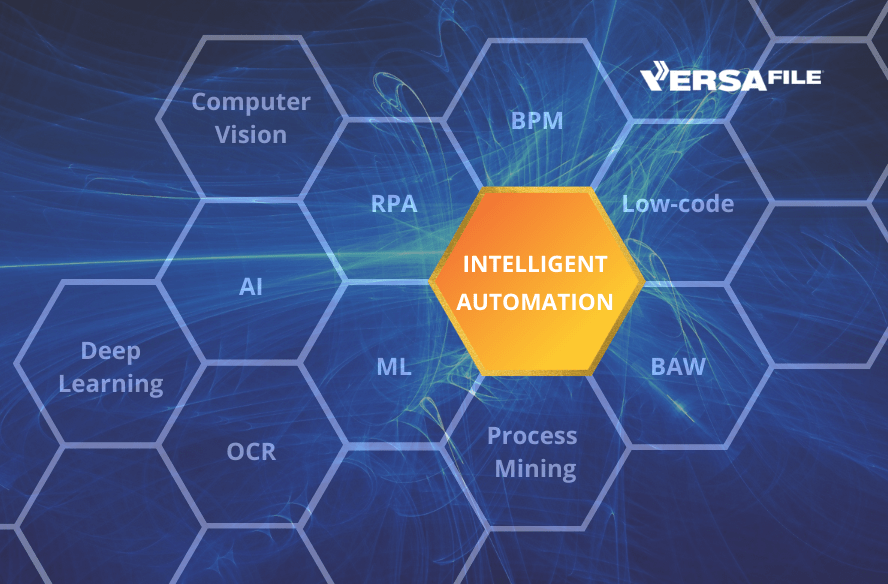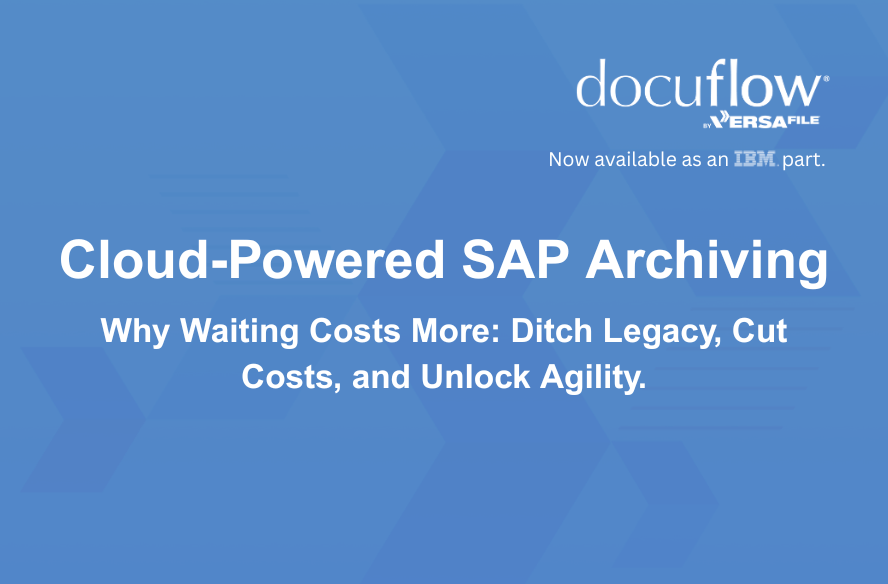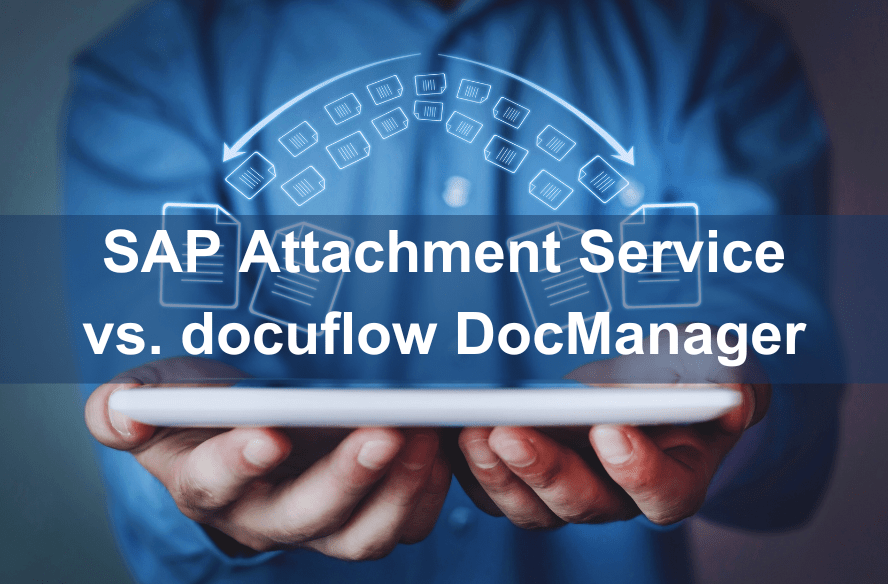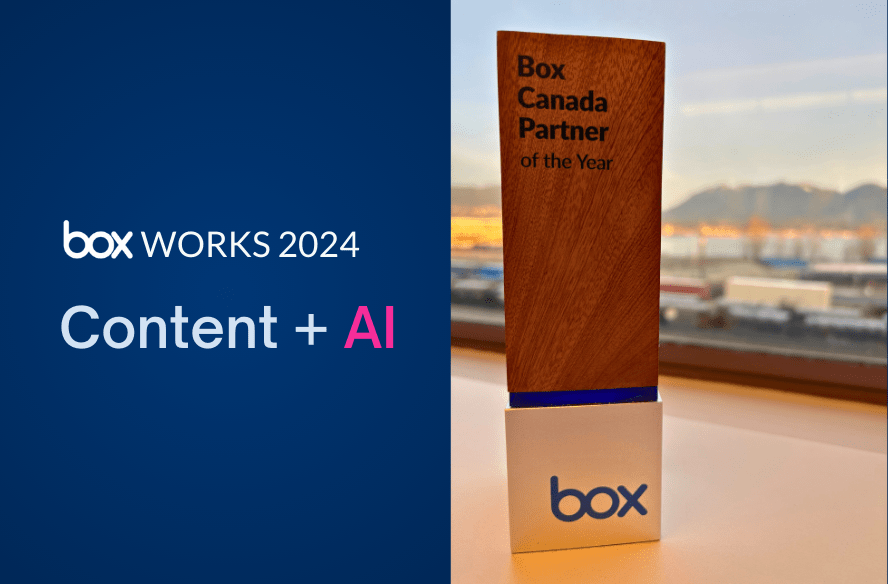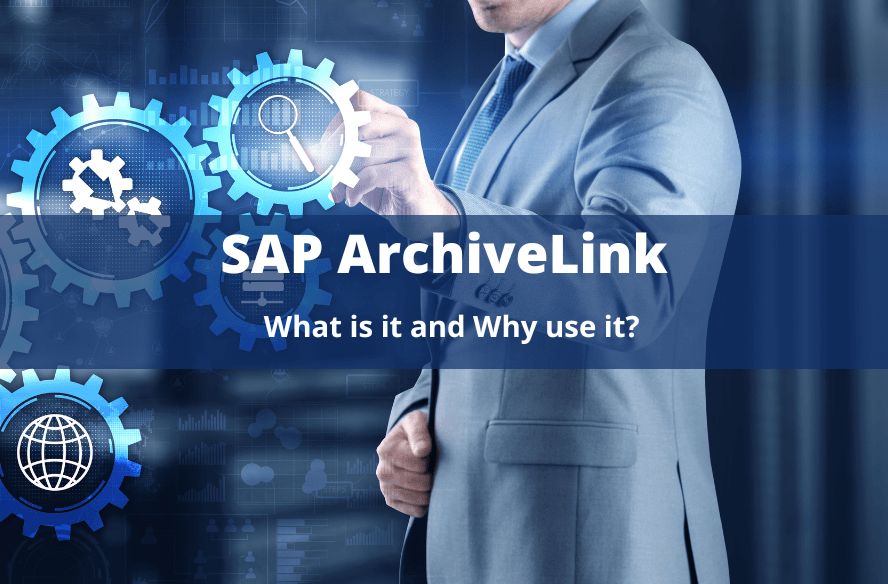Nick’s Explanation of Intelligent Automation for the Technology Challenged
A glimpse into my journey to comprehending Intelligent Automation from a layperson’s point of view.
Hyper Automation, low code, RPA, process mining, citizen developers, workflows and Machine Learning (ML)/Deep learning AI. Blah blah blah. In all the noise, it’s hard to cut through what is marketing hype, what is reality and what actually drives business value. That brings us to our question, how does one understand and quantify the value of intelligent automation? Whether you are trying to build a business case for a proposed project, gain buy in from the stakeholders or are simply trying to evaluate whether any of these technologies can help your business. At some point you will likely need to understand and explain intelligent automation in a way that’s easy to comprehend for someone who is unfamiliar with the terms or technologies. In this article, I will try to share with you my journey into the world of intelligent automation and how to explain the fundamental concepts.
Components of Intelligent Automation
To understand Intelligent Automation, you need to first understand the different underlying components and technologies. IA is much more than AI and Robotic RPA. You may also like to read our blog on Intelligent Automation – What are industries up to?
By definition, Intelligent Automation (IA) is the application of various AI technologies to Automation technologies to reduce the need for a Human in the Loop (HITL).
- Artificial intelligence (AI): A broad definition that covers several technologies including Natural Language Understanding, (NLU) Computer Vision, Machine Learning (ML), Neural Networks/Deep Learning and a related but not AI technology: RPA
- Business Process Management (BPM): A technology to orchestrate various tasks to provide automated workflow. Typically focuses on data-driven workflows and leaves content-centric business processes to the side or at least as a secondary consideration.
- Case Management: A way to orchestrate content-centric, ad hoc task-heavy workflows that require knowledge workers to weigh in, add additional insights, and determine the next best action.
- Robotic Process Automation (RPA): A increasingly capable technology stack that provides server-side task automation executed by “unattended bots” as well as a client-side technology or “attended bots” that can execute key-strokes as a human would, including button presses, scrolling, etc. RPA continues to integrate elements of the AI capabilities into their stack.
- Optical Character Recognition (OCR): Is the conversion of physical text into a digital format, leveraging the concepts of computer vision. This allows your automation systems to parse the information, insert the text into necessary forms and databases while exposing metadata to inform recommendations and decisions.
- Process Mining: Allows you to analyze and understand the flow of work within a business process including bottlenecks and areas of significant delay. This allows us to gain deep insight into how the business process is functioning. Process Mining is increasingly becoming a significant component for successful intelligent automation projects.
- Process Monitoring: A method of reacting quickly to unexpected events or errors in a process. This is essential for operational success of an automation project.
- Low Code Platforms: Allows the creation of workflows and business processes with minimal to no coding required. This typically focuses on the user interface but can include pre-configured integration, pre-defined tasks and supplemental workflows, primarily with a user interface as opposed to the traditional coding languages. This is useful for creating solutions more quickly and exposes solution creation to non-developers. RPA is a technology stream that falls within the low code definition.
- Workflow: Provides an orchestration layer to link the various tasks and elements of a business process together so we achieve end-to-end automation.
Now you know the different Intelligent Automation components, technologies and what they mean. But how do you decide on what technologies your business needs, and how do you achieve real business outcomes with maximum ROI and minimum investment? A real head-scratcher, isn’t it?
The 7 Pillars of Intelligent Automation
In working with our clients and analysts, we found that by stepping back from all the technologies and taking a “business capabilities perspective” we can better understand and articulate the requirements of business processes. To support this approach, we developed the 7 pillars of intelligent automation: Ingest, Interpret, Decide, Recommend, Execute, Optimize, Orchestrate. Using this model helps evaluate a business process and identify the appropriate capabilities that are required, and subsequently the various technologies that enable those capabilities. Instead of jumping to a technology and trying to see where it fits, this model is completely independent of any technologies that would be used.
For Example, let’s use the 7 pillars to map out the accounts payable process, without discussing any technology.
A mail clerk receives a letter through the mail room. They open the letter (ingest) and determine what they are looking at (interpret), what it pertains to (interpret) and who it should go to (decide) and then they route it (orchestrate) to the accounting department. Once the invoice has reached the accounting department the AP clerk then repeats the process (ingest, interpret, recommend, or decide). Based on preestablished guidelines they determine that the information on the invoice matches the purchase order and recommends an immediate payment to take advantage of early payment terms. They send (orchestrate) the validated invoice to the payment clerk, who executes the payment to the vendor. On the back end, the accounts payable manager is looking for ways to optimize the process, trying to ensure SLA’s and early payment terms are consistently met.
What if most of this could be intelligently automated? What real business value will that bring to your department and organisation?
It is important to put things in a business context that is relatable to the person you are speaking with. For example, a Chief Financial Officer may not care which RPA vendor is chosen, however, they will care that accounts payable automation can cut costs by 81% and improve efficiency by 73%. Read the case study on how one of our clients reduced their invoice processing costs by 62%.
This approach assists with individuals who don’t care about or understand the technology but are keenly focused on generating business outcomes that matter and who as a result can relate to the “capabilities” required to support the process.
While understanding intelligent automation can be challenging by focusing, at a high level, on what is important to yourself/stakeholders you can always find ways that intelligent automation can benefit your business. The most important takeaway is that while the conversations around intelligent automation are dominated by technology, it is equally important to focus on capabilities. The reason I share this is when I came across these 7 pillars, I found it went a long way to helping me connect the dots and articulate the business value of intelligent automation. Consider using additional resources like the 7 pillars of intelligent automation, or our no-cost automation workshop identify the value of IA to yourself and the stakeholders. We can help you navigate through all the noise and realise real business outcome that make a difference.
